Korean Ceramics sold at Christie's New York, 21 march 2023
Lot 169. A rare celadon stoneware water dropper, Goryeo dynasty (12th century); 3 1/2 in. (8.9 cm.) high. Price realised USD 40,320 (Estimate USD 10,000 – USD 15,000). © Christie’s Images Ltd 2023
The vessel modelled naturalistic as a man holding a jug, the small receptacle on the back of hat and dropper on the jug, covered with rich green celadon glaze with high sheen and dense crackle.
Lot 170. A small celadon stoneware jar, Goryeo dynasty (12th century); 4 in. (10.2 cm.) diam. Price realised USD 13,860 (Estimate USD 10,000 – USD 15,000). © Christie’s Images Ltd 2023
Modeled in compressed melon-shape with nine lobes, sitting on slightly recessed based with three spur marks, covered with rich celadon glaze; with an iron spoon in goose shape.
Lot 173. A white porcelain jar, Goryeo dynasty (15th-16th century); 8 in. (20.3 cm.) high. Price realised USD 63,000 (Estimate USD 50,000 – USD 70,000). © Christie’s Images Ltd 2023
Of high-shouldered ovoid form with wide mouth and rolled lip, the shallow recessed base partially unglazed, applied with a lustrous transparent glaze with blue cast.
Provenance: Previously sold in these rooms, 18 March 2008, lot 425.
Literature: Shin zahen no richo (New [The Porcelains of] Joseon Dynasty on the Next Seat, ) (Tokyo: Seika no kai, 2019). no. 1.
Lot 174. A blue and white porcelain faceted bottle, Goryeo dynasty (15th-16th century); 9 3/4 in. (24.8 cm.) high. Price realised USD 100,800 (Estimate USD 80,000 – USD 120,000). © Christie’s Images Ltd 2023
The octagonal bottle vase set on a circular foot, painted with underglaze-blue with four roundels of pinks, crane under pine tree, chrysanthemum and plum blossoms, applied with a lustrous transparent glaze.
Provenance: Kochukyo, Ltd., Tokyo
Literature: Asakawa Noritaka. Richo no toji (Ceramics of Joseon Dynasty) (Fujizawa City: Akaboshi Goro, 1956). Plate 18.
Akaboshi Goro. Chosen no yakimono: Richo (Ceramics of Korea: Joseon Dynasty) (Tokyo: Tanko shinsha, 1965). Plate 50.
Asakawa Noritaka. Toki zenshu 17 Richo: hakuji, sometsuke, tessha (Compendium of Ceramics vol 17: Joseon Dynasty: White Porcelain, Blue-and-white, Iron Slip) (Tokyo: Heibonsha, 1971). Plate 18.
Murayama Takeru. Richo no sometsuke (Blue-and-white Porcelains of Joseon Dynasty) (Tokyo: Heibonsha, 1978).
Shin zahen no richo (New [The Porcelains of] Joseon Dynasty on the Next Seat, ) (Tokyo: Seika no kai, 2019). no. 43.
Note: Korean potters began to produce blue-and-white ware as early as the fifteenth century. Most extant Korean porcelains from the sixteenth and seventeenth centuries feature designs painted in underglaze iron brown, but blue-and-white ware appeared in quantity again in the late seventeenth century and would dominate the later Korean ceramic tradition.
Seventeenth- and early to mid-eighteenth-century blue-and-white wares typically sport quiet floral and bird designs of the type portrayed on this bottle. Often termed orchids, blossoming plants of the type seen here more likely are dianthus, commonly known in English as pinks.
The cobalt-blue of the best Chinese porcelains ranges from dark royal to navy blue, but that of the finest Korean porcelains wares typically is a pale, almost silvery, blue, as evinced by designs on this bottle. The decoration on Korean porcelains often is discontinuous, with discrete designs on the front and back. In addition, from the fifteenth century onward, the painting on the best Korean porcelains closely approximates that on paper and silk.
Asakawa Noritake, the author of the book Richo no Toji, remarks that the painting on this bottle may have been executed by Kim Myeong-guk (1600-?), one of the most versatile and accomplished court painters of the Joseon dynasty.
Lot 175. A blue and white porcelain vase, Joseon dynasty (18th century); 13 7/8 in. (35.2 cm.) high. Price realised USD 63,000 (Estimate USD 60,000 – USD 70,000). © Christie’s Images Ltd 2023
Of ovid form, set on a circular upright foot, the wide neck opens to a thick mouth rim, painted in underglaze-blue with overlapping roundels of autumn grasses and birds, applied with a lustrous transparent overglaze.
Literature: Asakawa Noritaka. Toki zenshu 17 Richo: hakuji, sometsuke, tessha (Compendium of Ceramics vol 17: Joseon Dynasty: White Porcelain, Blue-and-white, Iron Slip) (Tokyo: Heibonsha, 1971). Plate 24.
Shin zahen no richo (New [The Porcelains of] Joseon Dynasty on the Next Seat, ) (Tokyo: Seika no kai, 2019). no. 47.
Lot 178. A large white porcelain jar, Joseon dynasty (18th century); 9 7/8 in. (25.1 cm.) high. Price realised USD 30,240 (Estimate USD 20,000 – USD 30,000). © Christie’s Images Ltd 2023
The lantern-shaped body with everted neck and set on a tall upright circular foot with recessed base, the body joint with two parts at belly, applied with a lustrous transparent glaze with blue cast.
Provenance: Muraoka Miyotaro
Lot 179. A white porcelain moon jar, Joseon dynasty (18th century); 11 7/8 in. (30.2 cm.) high. Price realised USD 100,800 (Estimate USD 80,000 – USD 100,000). © Christie’s Images Ltd 2023
Of globular form set on a circular upright foot with recessed base, the body joint with two parts at belly, with slightly everted mouth, applied with a lustrous transparent glaze with blue cast.
Provenance: Asakawa Noritaka (1884-1964)
Acquired directly from the family of the above by the present owner around 2000.
Note: In 1913, Asakawa initially relocated to Seoul as a teacher at Jinjo Elementary School. During his tenure as an educator, he developed a keen interest in Korean porcelains and embarked upon extensive research of old kilns in Korea. Asakawa's scholarly pursuits led him to publish books and curate exhibitions on Korean art, establishing himself as a pioneering figure in the rediscovery of the beauty of Joseon dynasty porcelains. His accomplishments were significant, and he served as an inspiration to generations of scholars, potters, and collectors, including the founder of the Minegi (Japanese Folk Crafts) movement, Yanagi Soetsu (1889-1961). Asakawa's aesthetic and vision of Korean art and culture continue to be widely admired by collectors, and numerous works from his collection are held in the collections of major museums in Japan including the Museum of Oriental Ceramics, Osaka. Asakawa describes about his first encounter with a moon jar in his book, Richo no toji (Ceramics of Joseon Dynasty) (Fujisawa City: Akaboshi Goro, 1956):
“One evening in Seoul, I came across a cluttered little antique shop and was immediately drawn to a round, white jar illuminated by a dim light. I was so captivated that I couldn't leave for a while”.
Lot 180. A white porcelain peach-form water dropper, Joseon dynasty (19th century); 5 1/2 in. (14 cm.) high. Price realised USD 22,680 (Estimate USD 10,000 – USD 15,000). © Christie’s Images Ltd 2023
Modeled in the form of a large Peach of Immortality resting on its stem with two side leaves, applied with a lutrous transparent glaze with blue cast.
Note: The peach is commonly regarded as a symbol of longevity due to its association with the Daoist deity, Shoulao, who is known as the god of longevity. It was a very popular subject for scholarly objects during Joseon Dynasty and many water droppers similar to the present lot were produced.
For another water dropper, see Masterpieces from Ewha Womans University Museum, exh. cat. (Seoul: Ewha Womans University Museum, 1999), pl. 131; Choi Sunu, ed., Peakja (Porcelain), vol. 2 of Hanguk eui mi (Korea's beauty) (Seoul: Joong-ang Ilbo Sa, 1997), pl. 27.
Lot 181. A rare hexagonal blue and white porcelain vase, Joseon dynasty (19th century); 5 5/8 in. (14.3 cm.) high. Price realised USD 100,800 (Estimate USD 70,000 – USD 90,000). © Christie’s Images Ltd 2023
Hexagonal, of baluster form set on a six-sided plinth supported by six cabriole legs outlined by a line of underglaze cobalt blue, the facetted body moulded in high relief at the joins of the panels with simulated twisted rope tied to an hexagonal rib at the base of the hexagonal, tapered neck; the vessel also decorated with a glossy transparent glaze of blue cast with random small flecks of dark blue.
Note: The decoration of barley-twist edging on this work is an extremely rare feature for Joseon Dynasty porcelains. Presumably it depicts a wine bottle wrapped with twisted hemp rope for a picnic and was a specially commissioned work. For another vase with similar decoration of twist edging in the collection of Koryo Museum of Art, see Exhibition of Blue and White Porcelain of Yi-dynasty, Korea (Kyoto: Korai bijutsukan, 1991), no. 8.
Christie's. Japanese and Korean Art, New York, 21 march 2023

/https%3A%2F%2Fprofilepics.canalblog.com%2Fprofilepics%2F1%2F0%2F100183.jpg)
/https%3A%2F%2Fstorage.canalblog.com%2F03%2F02%2F119589%2F96711876_o.jpg)
/https%3A%2F%2Fstorage.canalblog.com%2F11%2F31%2F119589%2F94773502_o.jpg)
/https%3A%2F%2Fstorage.canalblog.com%2F20%2F83%2F119589%2F94772815_o.jpg)
/https%3A%2F%2Fstorage.canalblog.com%2F26%2F72%2F119589%2F75604929_o.jpg)
/https%3A%2F%2Fstorage.canalblog.com%2F59%2F60%2F119589%2F26458628_o.jpg)

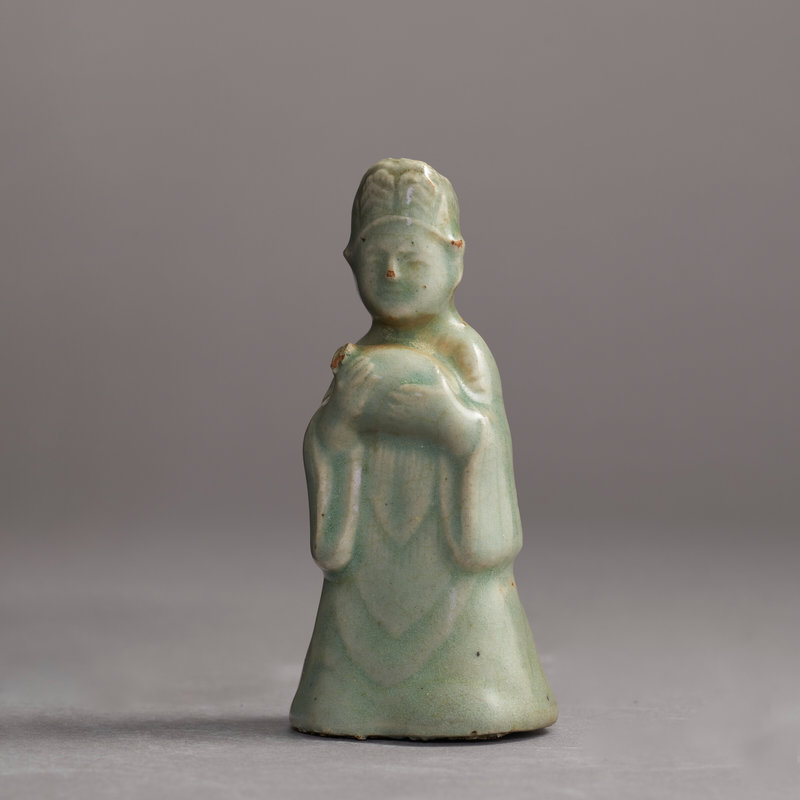
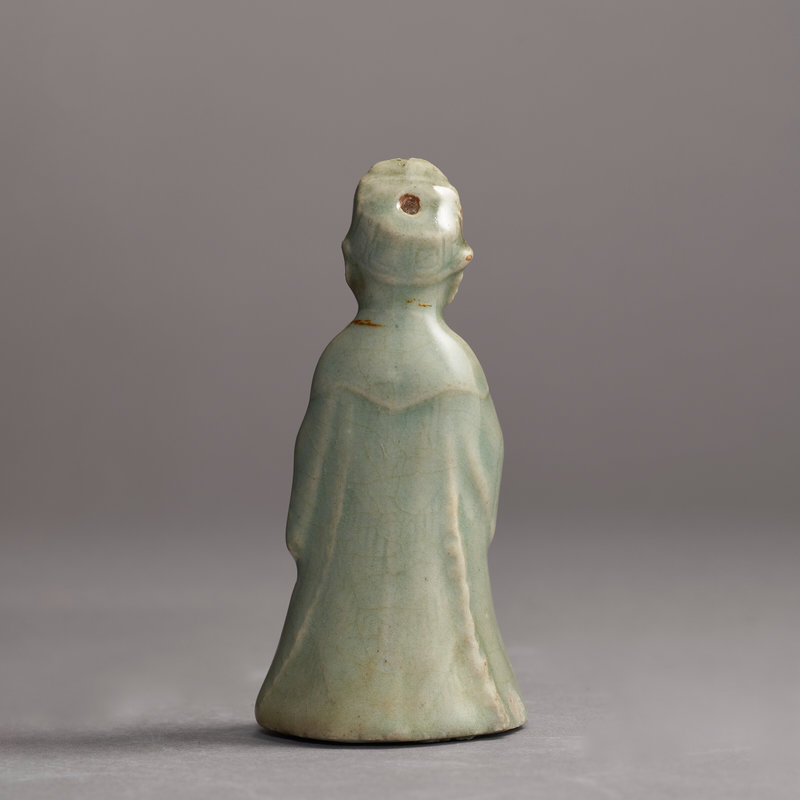







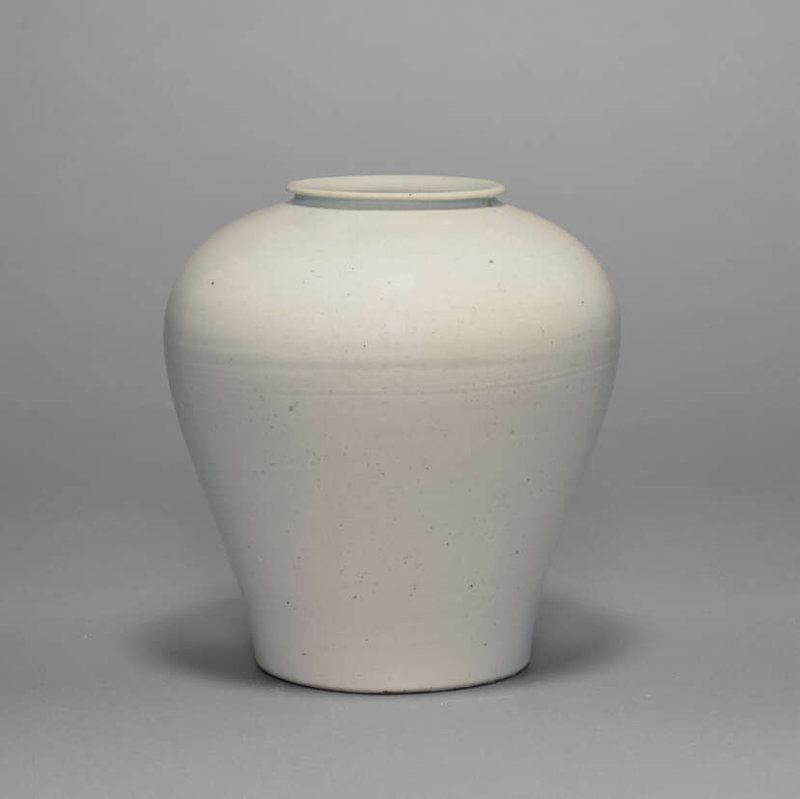

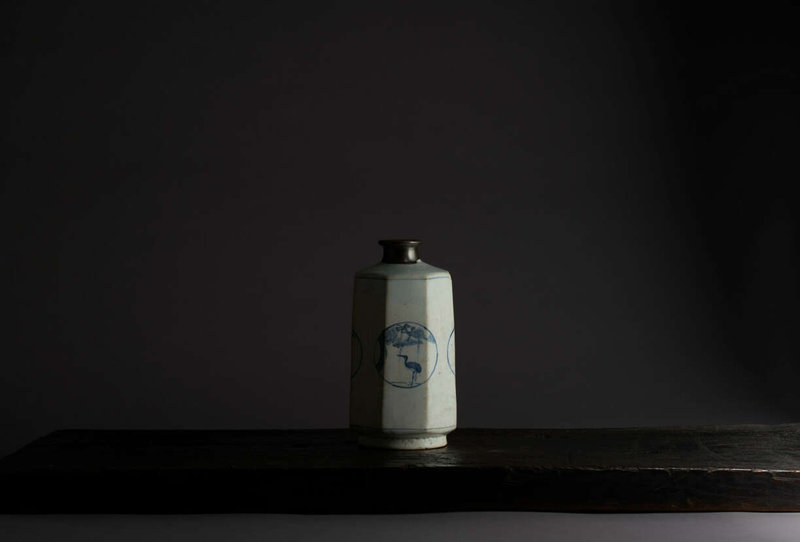



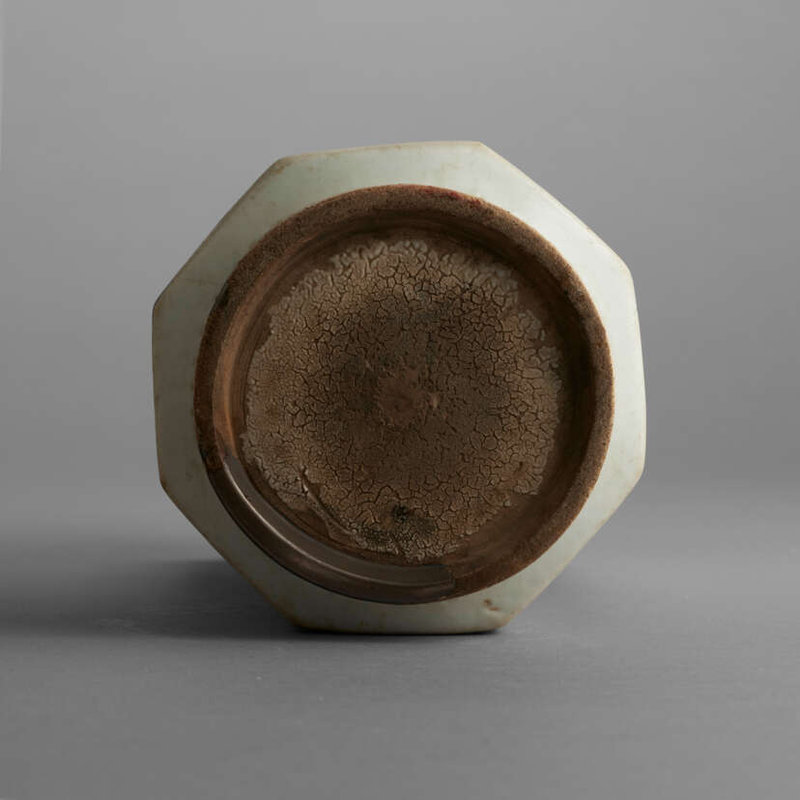

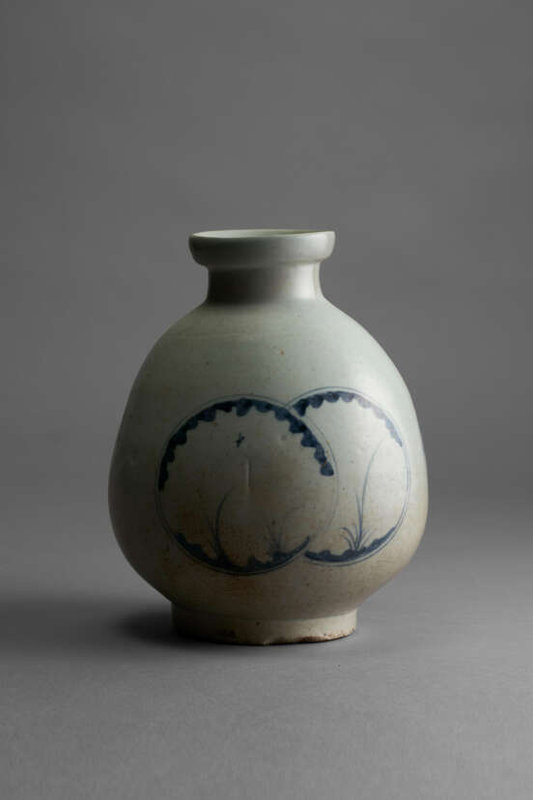




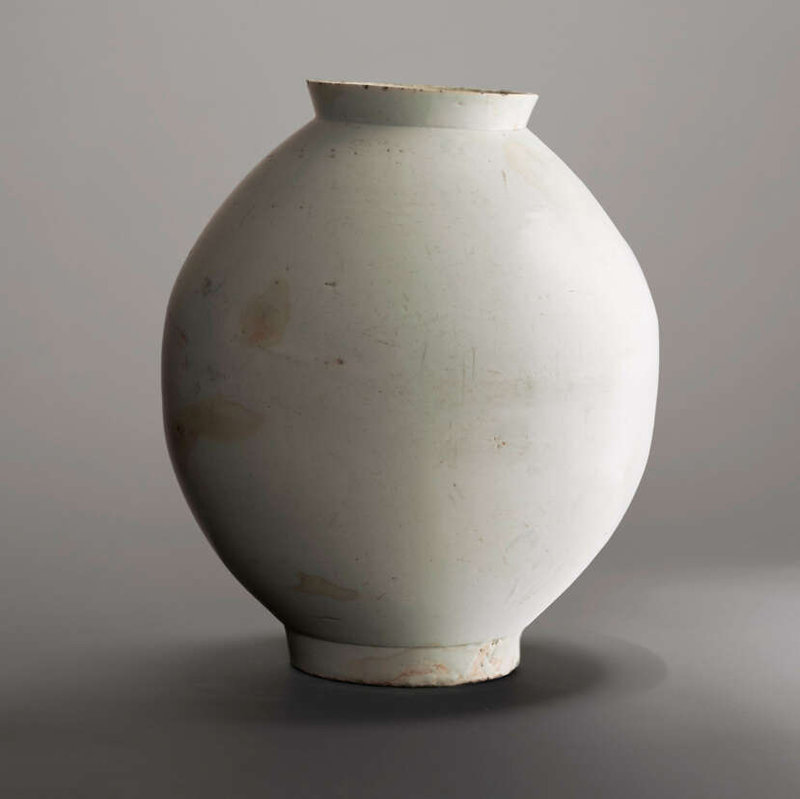
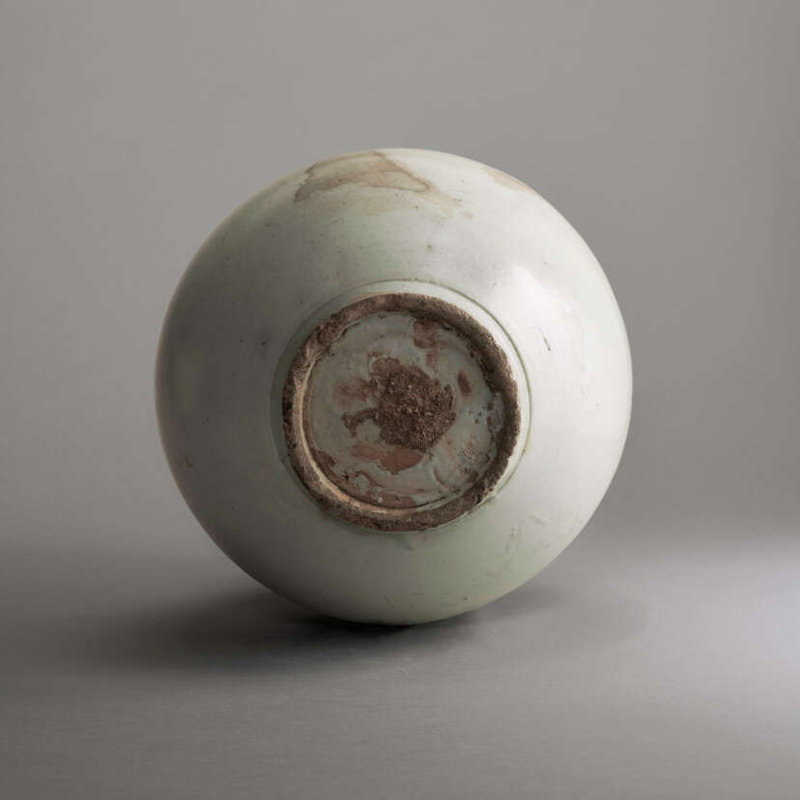



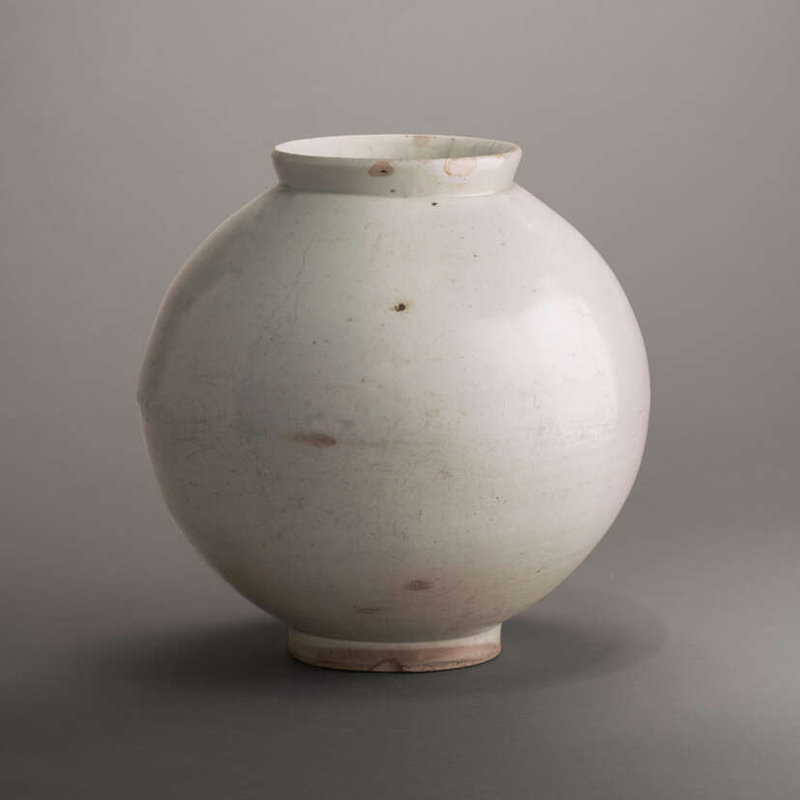
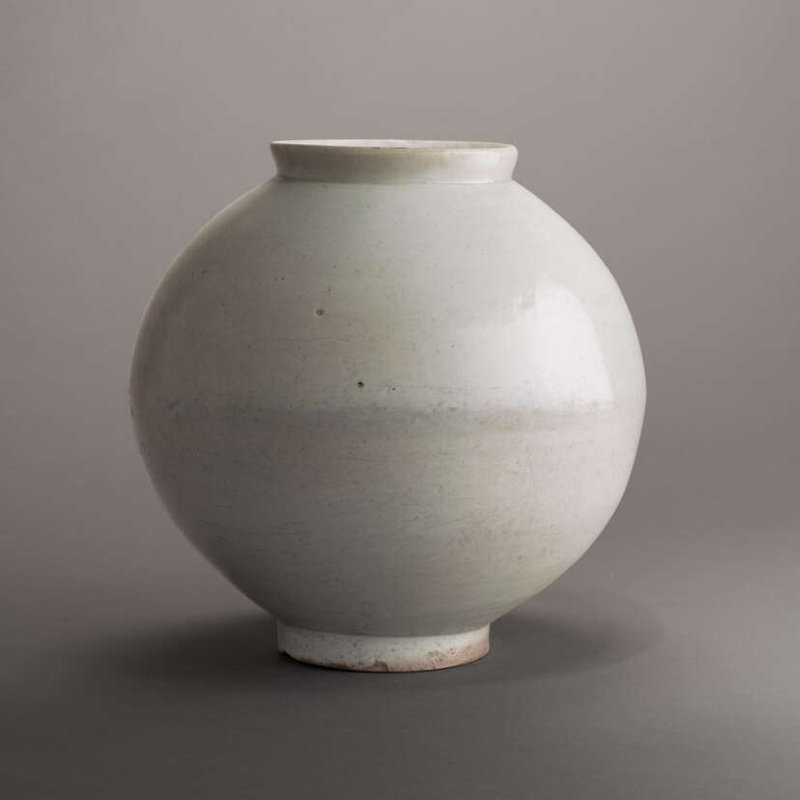



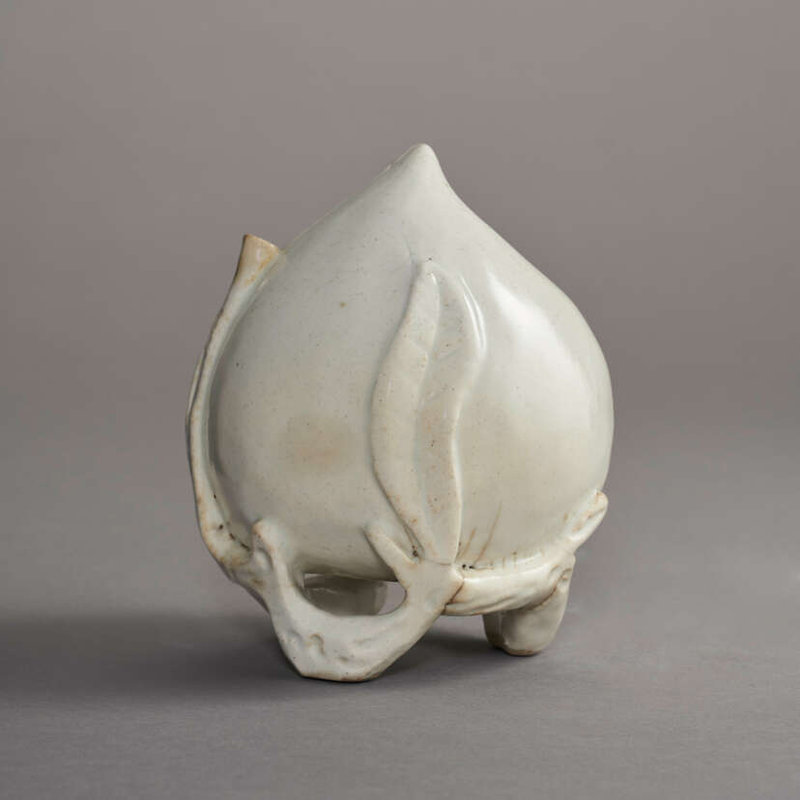

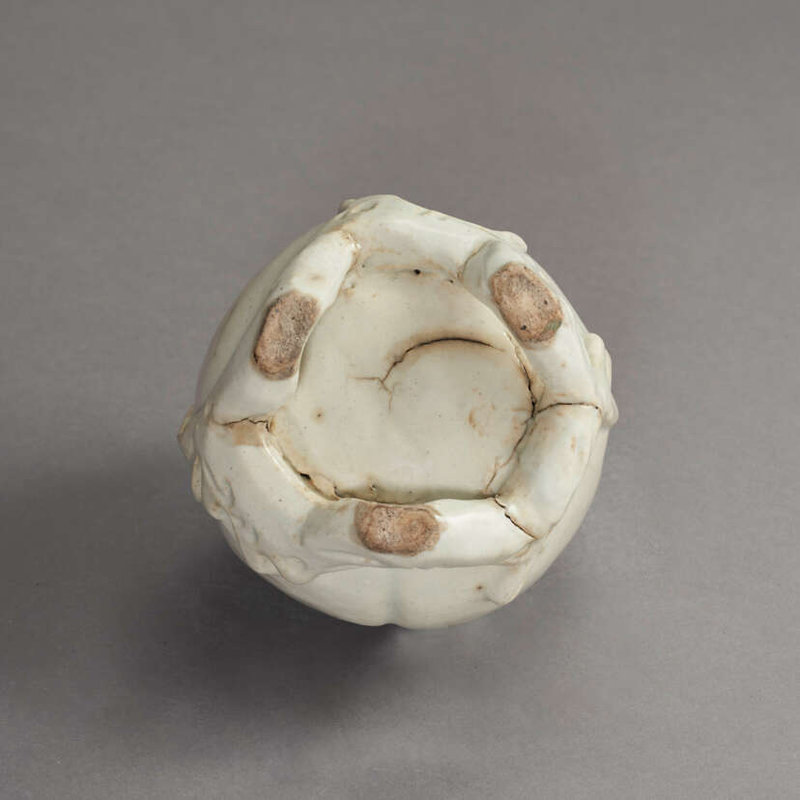



/http%3A%2F%2Fstorage.canalblog.com%2F48%2F20%2F119589%2F129532416_o.jpg)
/http%3A%2F%2Fstorage.canalblog.com%2F63%2F64%2F119589%2F129364682_o.jpg)
/http%3A%2F%2Fstorage.canalblog.com%2F69%2F30%2F119589%2F129268894_o.jpg)
/http%3A%2F%2Fstorage.canalblog.com%2F83%2F41%2F119589%2F129150407_o.jpg)